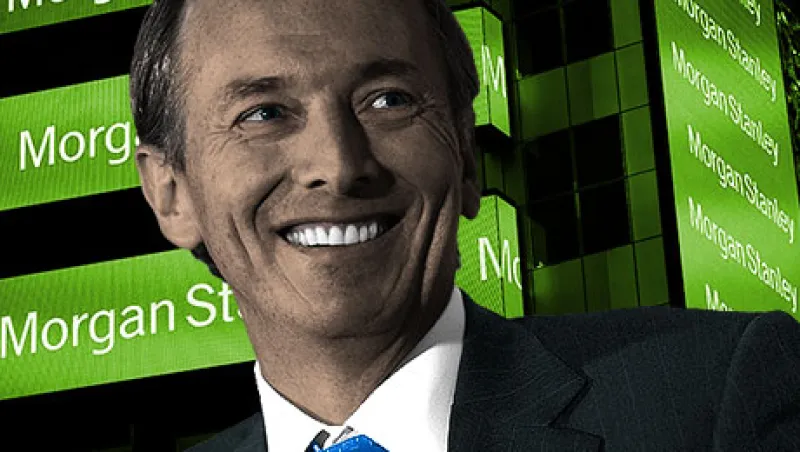As the stock market continues to rise this year, investors are increasingly concerned that their ability to sell shares will vanish, according to firms listed in Institutional Investor’s 2017 All-America Trading Team rankings.
“What people are concerned about more and more is where has the liquidity gone,” said Bill Bell, the head of electronic trading at Jefferies. “There’s a lack of liquidity in the marketplace for people to get things done.”
Jefferies ranked second this year in electronic trading for investors with more than $30 million, behind Morgan Stanley, and ahead of JPMorgan Chase & Co. at No. 3, according to II’s annual survey of buy-side traders, market structure analysts and other financial professionals. More than 400 professionals cast their vote identifying which firms provide the best electronic, high-touch and portfolio trading strategies. Morgan Stanley earned the top ranking in high-touch trading strategy, followed by Goldman Sachs Group and JPMorgan. Goldman Sachs was No. 1 in portfolio trading, followed by Credit Suisse Group and Bank of America Merrill Lynch.
U.S. stock markets have rallied since the surprise election of U.S. President Donald Trump in November, with the Standard & Poor’s 500 Index rising about 13 percent through May 5. One of the biggest challenges investors are facing as stock prices rise is finding buyers for shares they’re looking to unload, according to Jefferies and KCG and Instinet.
“We live in a world where the ability to capture liquidity across the street is really important,” said Mark Govoni, president of U.S. brokerage at Instinet, which placed ninth in II’s ranking of portfolio trading. “We’ve recently done some work on what we’re calling our tactics engine. That allows us to efficiently capture more liquidity across the street.”
Another area of concern for trading firms is the second phase of Markets in Financial Instruments Directive, known as MiFID II, which is European Union legislation that aims to increase transparency in how financial-service firms collect fees. The new rules take effect in January.
“When I think about the current landscape in electronic trading, the first thing I think about is transparency,” said Bill Wiley, chief operating officer of client management at KCG, which ranks among the top 20 II-ranked firms in electronic trading, portfolio trading and high-touch trading. “It’s not just about where we’re routing orders. Traders want to understand at a detailed level how our algos work and why we’re making the decisions we’re making.”
Govoni agreed that this is important to investors.
“Much of our time and focus and client interaction over the past six to ten months have been MiFID II discussions,” he said. “There needs to be transparency around payments for research. We think being a smaller and higher quality boutique will help us to monetize our platform.”







